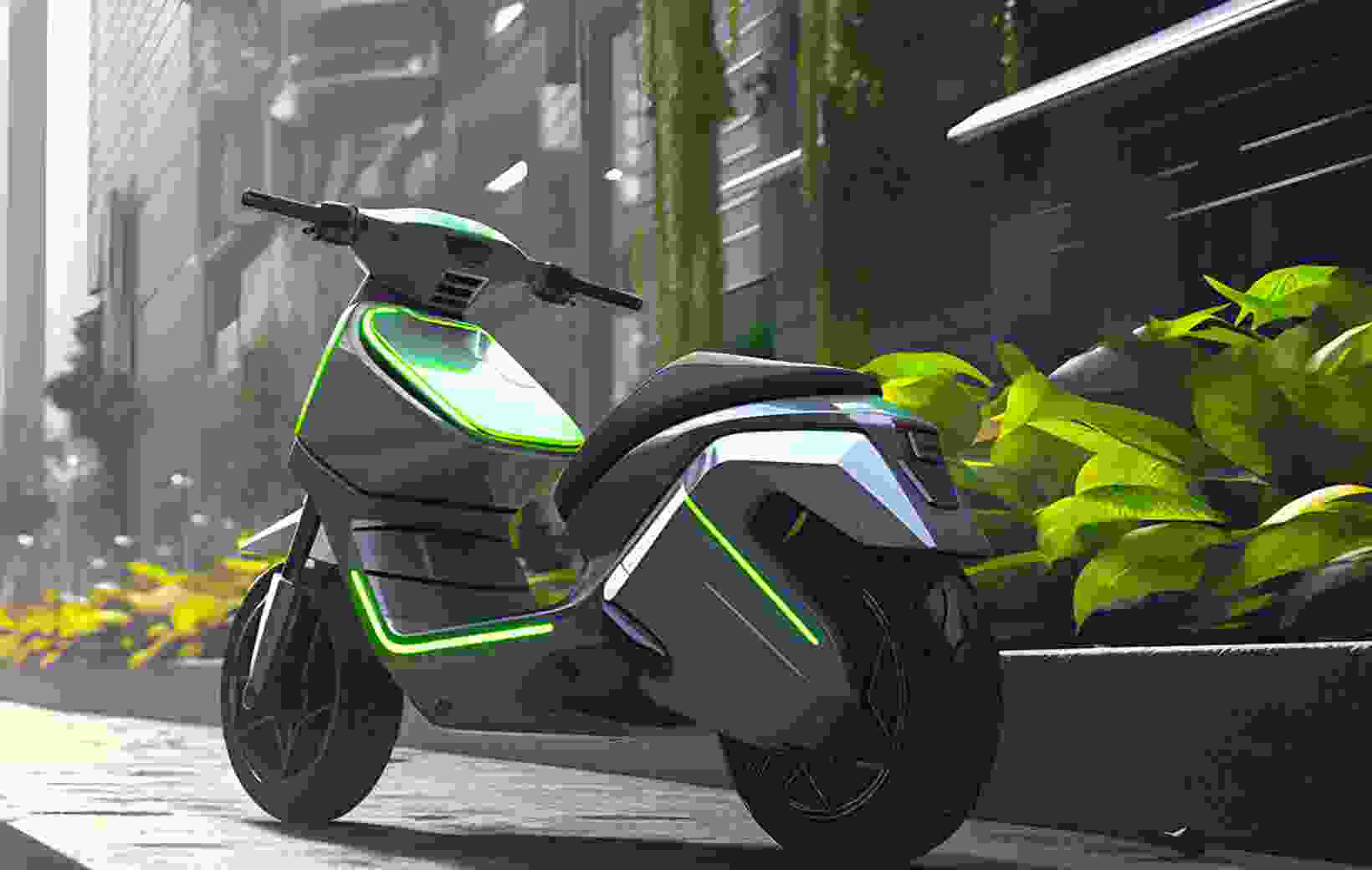Zero Emissions, Big Impact
As cities grow more congested and the effects of climate change become more apparent, the demand for sustainable and eco-friendly commuting options has never been higher. Among the innovative solutions gaining rapid popularity, electric scooters (e-scooters) stand out as a convenient, green, and cost-effective alternative to traditional modes of transportation. Whether for daily office commutes, last-mile travel, or simply running errands, e-scooters offer a smart and sustainable way to navigate urban environments.
Below, we explore the various reasons why e-scooters are becoming a top choice for eco-conscious commuters, and how they contribute to a cleaner, more efficient future.
One of the primary benefits of e-scooters is their environmental friendliness. Unlike cars and motorcycles powered by internal combustion engines, e-scooters run on electric batteries, which produce zero tailpipe emissions. This means that every ride on an e-scooter helps reduce the release of harmful gases such as:
Carbon dioxide (CO₂) – a major contributor to global warming
Nitrogen oxides (NOₓ) – linked to respiratory issues
Particulate matter – damaging to both human health and the environment
According to studies, replacing even a fraction of car trips with e-scooter rides can significantly reduce urban air pollution. In densely populated cities, this shift has the potential to improve air quality, reduce smog, and contribute to better overall public health.

Reduces Traffic Congestion
Urban traffic congestion is a growing problem in cities around the world. Bumper-to-bumper traffic leads to wasted time, increased fuel consumption, and higher stress levels. E-scooters offer a practical solution to this issue by:
Taking up less space on the road
Allowing riders to navigate through narrow lanes
Making last-mile connectivity easier from metro or bus stops
Encouraging the use of shared micro-mobility platforms
By reducing reliance on cars for short-distance travel, e-scooters can ease pressure on road infrastructure, especially during peak hours. Many cities have already observed a decline in car usage in areas with robust e-scooter sharing systems.
Choosing to commute via e-scooter is a small step with a big impact. From reducing air and noise pollution to saving time and money, the advantages are numerous. They’re not just a trend—they represent a shift toward sustainable, accessible, and inclusive transportation systems that benefit individuals, communities, and the planet.
As more people adopt eco-friendly modes of transport, we move closer to a future where cities are cleaner, quieter, and more livable. Whether you're a student, a working professional, or a delivery rider, switching to an e-scooter could be one of the smartest and greenest choices you make this year.
UI Designer
“Switching to an e-scooter has completely transformed my daily commute—it's affordable, eco-friendly, and surprisingly fun! I feel great knowing I’m helping the planet one ride at a time.”
UI Designer
Class rhoncus curabitur sagittis posuere per, ex leo aenean. Placerat vehicula pharetra tristique quam natoque lorem dignissim turpis. Dictum volutpat class natoque imperdiet sed senectus viverra.
UI Designer
Integer porttitor diam turpis, vel aliquam tortor mollis sit amet. Pellentesque mattis ante ac leo tincidunt, a vestibulum augue elementum. Pellentesque pharetra mi sit amet nisi varius laoreet. Nunc pretium malesuada mpor tortor sagittis tincidunt eu vitae augue.
Affordable and Economical
E-scooters are not only environmentally responsible but also cost-effective. Whether you purchase your own or use a rental service, the cost per ride is significantly lower than using a car or even some forms of public transport. Here's how e-scooters help save money:
No fuel costs – They run on electricity
Minimal maintenance – Fewer mechanical parts mean lower upkeep
No road tax or registration fees in many areas
Low electricity consumption – A full charge can cost just a few rupees
This makes e-scooters an attractive option for students, working professionals, delivery riders, and anyone looking to cut down on daily commuting expenses.
City planners and governments around the world are beginning to reimagine urban mobility, placing a greater emphasis on sustainability, reduced car dependency, and healthier cities. E-scooters fit perfectly into these new models of transportation. Many cities now:
Provide dedicated lanes for e-scooters and bicycles
Install charging stations in public spaces
Offer incentives and subsidies for e-scooter adoption
Include micro-mobility in smart city infrastructure
These initiatives not only make cities more eco-friendly but also more accessible and inclusive.


